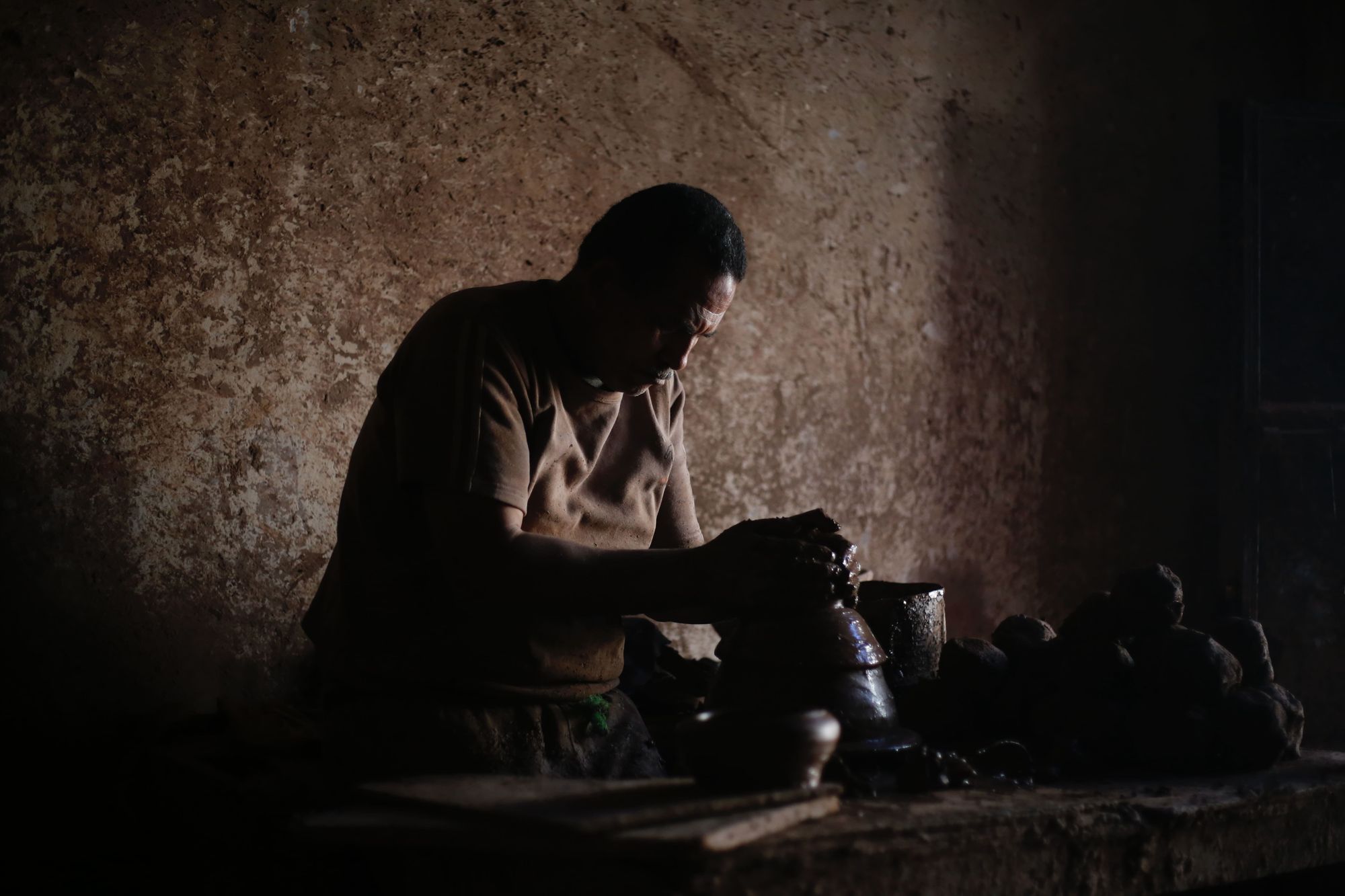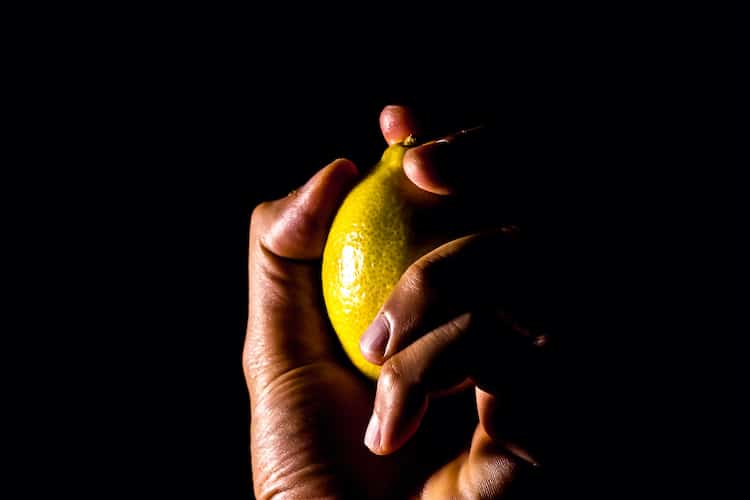Chiaroscuro is an art technique that uses shadows and a single light source to create depth and drama. This technique can be used in drawing and print, but it is primarily seen in oil paintings.
:max_bytes(150000):strip_icc():format(webp)/sicilian-red-oranges-480960772-02abab9fb13d4de9a2acfa26181e68e6.jpg)
The term chiaroscuro comes from the Italian term meaning light to dark. In theory, all objects get their shape by the presence of light. By incorporating a gradient of light and dark, a figure can appear more three dimensional on a canvas.
This method of painting is challenging and time-consuming, even for seasoned artists. Several early artists like Rembrandt and Caravaggio showcased how dramatic and awe-inspiring this technique can be, which is why many artists continue to implement this method regardless of the technical difficulty.

History
Chiaroscuro-style painting dates as far back as the 5th century in Ancient Greece. The style was also seen in Byzantine era art as well as throughout the Middle Ages. By the 15th century, most religious painters were utilizing this technique in their paintings.
As time went on, several famous Renaissance painters would play with the balance of light and dark in their work. Some of these artists include Leonardo da Vinci and Raphael. However, the term chiaroscuro became well-known during the Baroque era with artists like Caravaggio and Rembrandt.
The main difference between Renaissance and Baroque paintings was how the play of light and dark was used to envoke a mood. During the Renaissance, soft light was cast on subjects to create calm and serene scenes. Artists of the Baroque period would use harsh light and dark contours to create drama and intrigue.
Subsequent art periods continued to use this technique. Throughout the Rocco period, artists like Fragonard and Watteau would paint scenes that highlighted light and dark. Romantic impressionist paintings also use a variety of heavy shadows and a single source of light.

Chiaroscuro and Other Similar Techniques
Several painting techniques use the play of light and shadow to create an impact. Here are some other notable methods and how they differ from and are similar to chiaroscuro.
Tenebrism vs. Chiaroscuro:
Tenebrism is a technique from the Mannerist period. It is similar to chiaroscuro in that both methods use light and dark to create dimension. Again, chiaroscuro is used to create a realistic three-dimensional effect by casting shadows. On the other hand, tenebrism intentionally keeps bast sections of the painting dark to create drama. In essence, the distinction is with the type of light that is cast. Chiaroscuro illuminates a subject and casts shadows to create dimension. Tenebrism will only lighten a few small areas of the canvas to brighten a subject as if the subject is under an intense and narrow spotlight. Some paintings, especially those by Caravaggio, include both of these techniques at once.
Sfumato vs. Chiaroscuro:
In chiaroscuro, the meeting point between light and dark areas tends to be sharp and distinct. These contours can seem harsh and blunt at times. Leonardo da Vinci decided instead to implement a technique known as sfumato. This technique softens the blend between light and dark, as you see in the face of The Mona Lisa. Sfumato should blend light and dark subtly and without the use of lines or borders.
How to Use This Technique
Try not to be intimidated by this technique if you want to try it. No one expects artists to create a Rembrandt-like masterpiece when they’re first learning to paint chiaroscuro-style paintings. The best thing you can do is have the right set up and practice, practice, practice.
Here’s how to get started:
Gather supplies.
You’ll need some basic painting supplies. In this case, oil paint is the most versatile medium that is easily blended and layered. Purchase an inexpensive starter kit of oil paints if you don’t own some already.
Pick a subject.
Stick to something you are already confident drawing and painting. This object of study could be a still life or a portrait, but it doesn’t need to be too fancy.
Set up the lighting.
The lighting is going to be the most integral part of your set up. You’ll want to think like a photographer here to make sure that one light source is bouncing off your subject in the way you want. For a still life, create a small lightbox using a cardboard box. Paint the inside of the box black and cut a small hole into one side of the box. Set the box next to a window that gets ample natural light. The light should shine through the hole and illuminate only one side of your still life object.
Take a reference photo.
If you want to paint an original portrait, take a photograph first. Set your subject up in an area where light is only hitting one side of their face. Raise the contrast on the photo so you can see exactly where the light is hitting their face and where there are shadows.
Copy a master.
If you aren’t confident enough to create an original painting, look for a tutorial to follow online or print off a reference photo of a famous work and try to copy it. Pay special attention to how dark and light are shaded and blended within the picture.
Chiaroscuro is an art technique that has been used for several hundreds of years. Modern artists have evolved the concept to include a wide variety of subjects and mediums. If you want to try this method for yourself, practice your blending skills until you feel confident enough to take on a painting.













